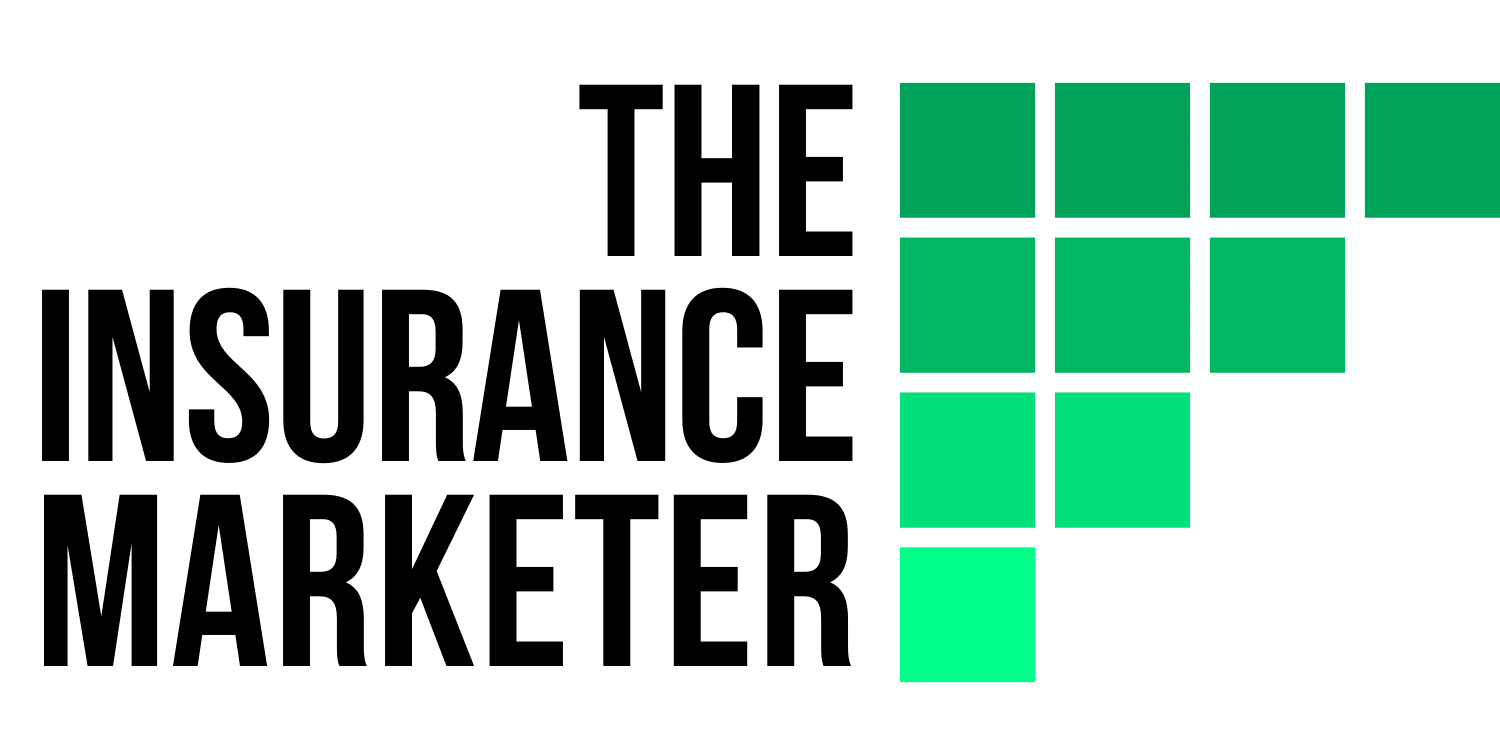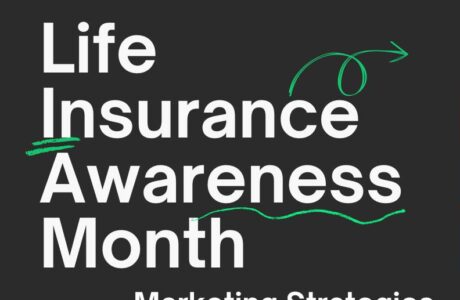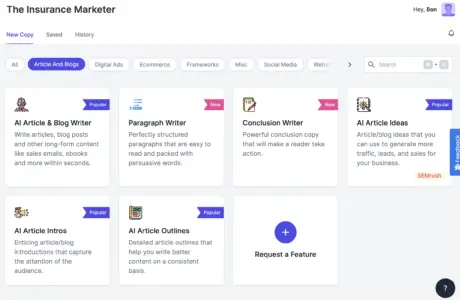Even under the Affordable Care Act (ACA), the cost of insurance has been on the rise in the past decade. And to make it worse, more and more people are still uninsured and underinsured. With the impact of Covid and people losing their jobs, these figures are more worrying than ever.
Just because the numbers are no cheerful does not mean we can ignore them. Here are 12 sad facts and stats about health insurance:
ALSO READ:
1. Nearly Twelve Million Have Lost Coverage Due to COVID
More than 6 million Americans have lost the employer-sponsored health insurance they would previously have through their work. And when taken into account of their spouses and children, the number of those affected climbs to more than 12 million. (Economic Policy Institute)
2. One Million More People Uninsured in 2019 Than in 2018
In 2018, there were 28.6 million people without health insurance in the United States. In 2019, there were another million without insurance, nearly 30 million.
With the pandemic and many people losing their jobs, the market for uninsured individuals needing coverage is likely at an all-time high. (KFF)
3. 73.7% of Uninsured Said the Cost Was Too High
Many uninsured people cite the high cost of insurance as the main reason they lack coverage. In 2019, 73.7% of uninsured adults said that they were uninsured because the cost of coverage was too high. (KFF)
ALSO READ:
4. Even 43% of People with Health Insurance Are Still Underinsured
Of the number of people who do have health insurance, almost half of them are underinsured. There is a massive opportunity for health insurance to grow if consumers are educated about their necessary coverage needs.
5. Nearly Half of Americans Rely on Employer Health Insurance
As reported by Henry J Kaiser Family Foundation, 49% of Americans rely on employer health insurance. A further 19% are Medicaid insured, with 14% covered under Medicare. The report claims that 9% of Americans are uninsured. The overreliance on employer health insurance is worrying, especially since employment-based covers become defunct upon the termination of employment contracts.
6. Annual Deductibles for Employer-Sponsored Health Insurance Has Been on the Rise Since 2010
The average annual deductibles for employer-sponsored health insurance is US$1644. It has been on the rise with an average rate of 4.31% per year since 2010. This means that the amount the employees must pay out of pocket before the insurance plan start to pay is increasing. (Statista)
7. Wages Fall Short of Premium Increase In the Past Ten Years
Since 2010, average family premiums have increased 55% (that’s 4.14% per year on average), at least twice as fast as wages (27%) and inflation (19%). (KFF)
ALSO READ:
8. The US Has the Highest Per-Capita Healthcare Cost
Compared to other developed countries, the US is the most expensive for healthcare. Many consumers know this. They aren’t always aware of individual plans and advantages that healthcare in the US can provide. It’s important for agents and companies to reach the public so that they can make the best decision for their health.
9. Approximately 20% of Households (American) Have Defaulted Medical Bills
As reported by NBC News, almost 20% of Americans have negative credit reports due to delinquent medical bills. Poor credit scores greatly impact a patient’s ability to secure loans, make real-estate purchases, and participate in other economic activities.
10. Medical Bills Are the Leading Cause of Bankruptcy
Out of all bankruptcies, 62.1% are caused by high medical bills in the US. Unaffordable and skyrocketing health costs are the number one reason that folks declare bankruptcy. Having health insurance can cap, or at least offset many of these expenses. (MedAlertHelp)
11. Medical Bills Can Cost Your Home
Medical bills contributed to half of the people losing their homes in the US. Enrolling in a health insurance plan can save individuals from losing their homes because of a medical emergency. Again, health insurance can provide you with a safety net. (PHNP)
12. High Health Insurance Cost Has Delayed Retirement
Fears over not being able to afford health insurance or medical care are among the top reasons why Americans are delaying retirement. From 2000 to 2016, the number of Americans 65 and older working full-time or part-time rose by 6% to include almost 9 million people. (Pew Research Center)
Conclusion
Health insurance might not be “affordable” for everyone. But without it, you may have to break your bank, delay your retirement, or even lose the comfort of your home. Hopefully, marketers can pivot to these facts and stats and craft out some messages to convince people to get appropriate coverage, before it’s too late.




